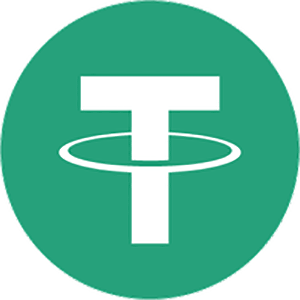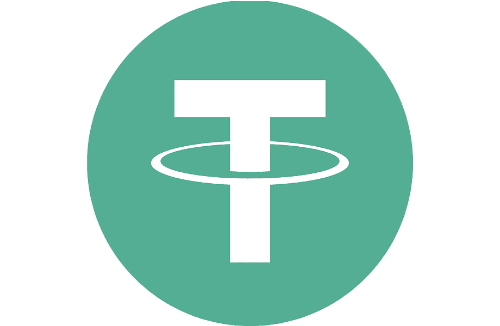Tether (USDT) — is a cryptocurrency that operates as a stablecoin, designed to maintain a value pegged to a real-world asset, typically the US Dollar. Unlike traditional cryptocurrencies, Tether aims to offer stability by linking its value to a fiat currency, making it a popular choice for traders and investors looking to minimize exposure to market volatility.
Tether’s unique feature lies in its approach to maintaining its value. It achieves this by being fully backed by reserves of the underlying fiat currency, stored in a transparent manner. For instance, if there are 1 billion USDT tokens in circulation, there should be an equivalent amount of US Dollars held in reserves.
History
Tether was introduced to the cryptocurrency market as a response to the high volatility experienced by other digital assets like Bitcoin and Ethereum. Launched in 2014, Tether aimed to bridge the gap between the cryptocurrency space and the stability of traditional fiat currencies. Over the years, Tether has gained significant traction and has become one of the most widely used stablecoins in the crypto industry.
Tether’s utility extends beyond trading, as it serves as a means of transferring value quickly across different exchanges and platforms. Its stable value makes it a useful tool for traders looking to hedge their positions or move assets between different markets without converting to fiat.
As the cryptocurrency ecosystem continues to evolve, Tether remains a prominent player in the realm of stablecoins, providing a reliable and convenient way to navigate the volatile cryptocurrency landscape while maintaining a link to established fiat currencies.
[crtools-table cols=”price,change,volume” coin=”BTC,ETH,XRP,XMR,LTC,XRP,XLM,XEM,LSK” search=”false” pagination=”5,10″]
Dynamics
[crtools-graph coin=”USDT”]



